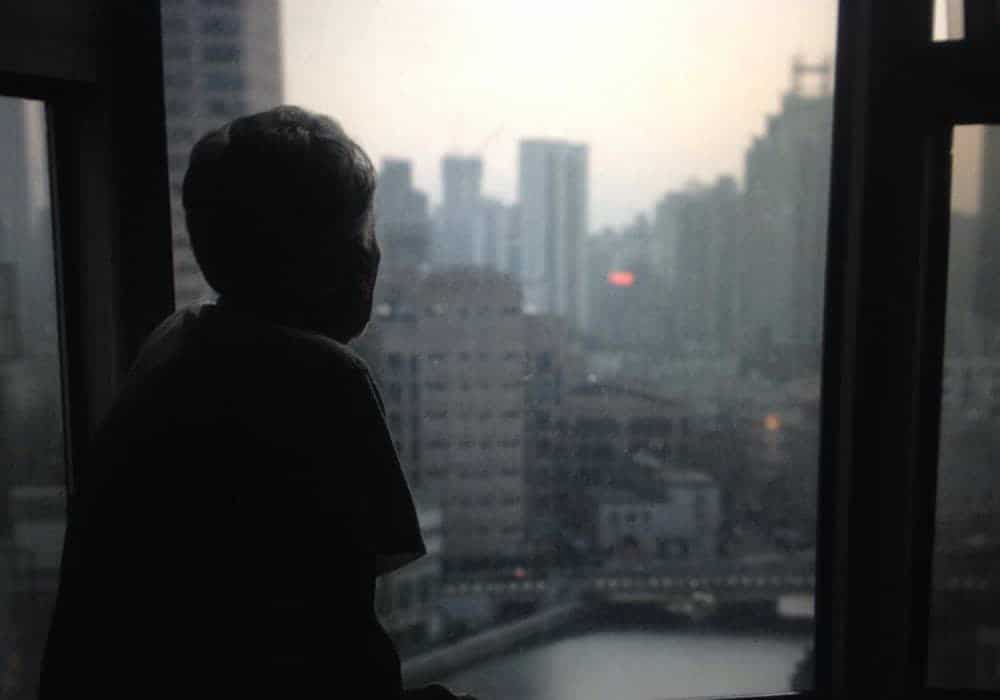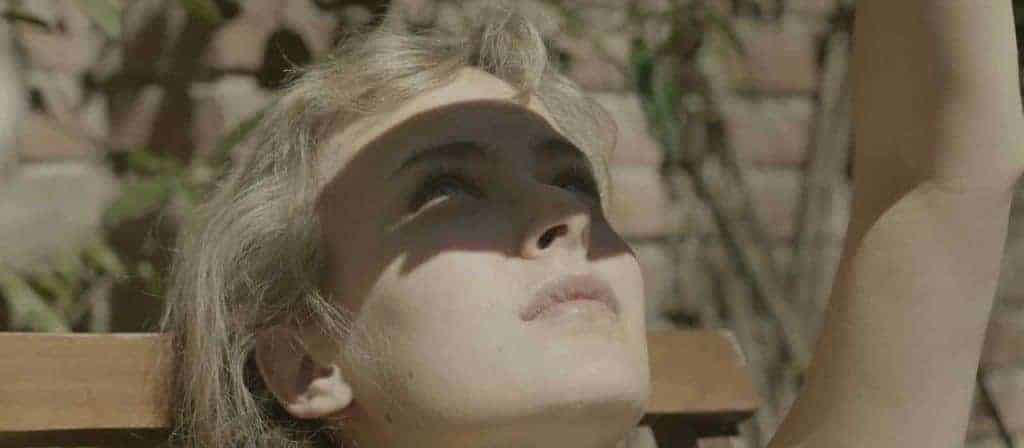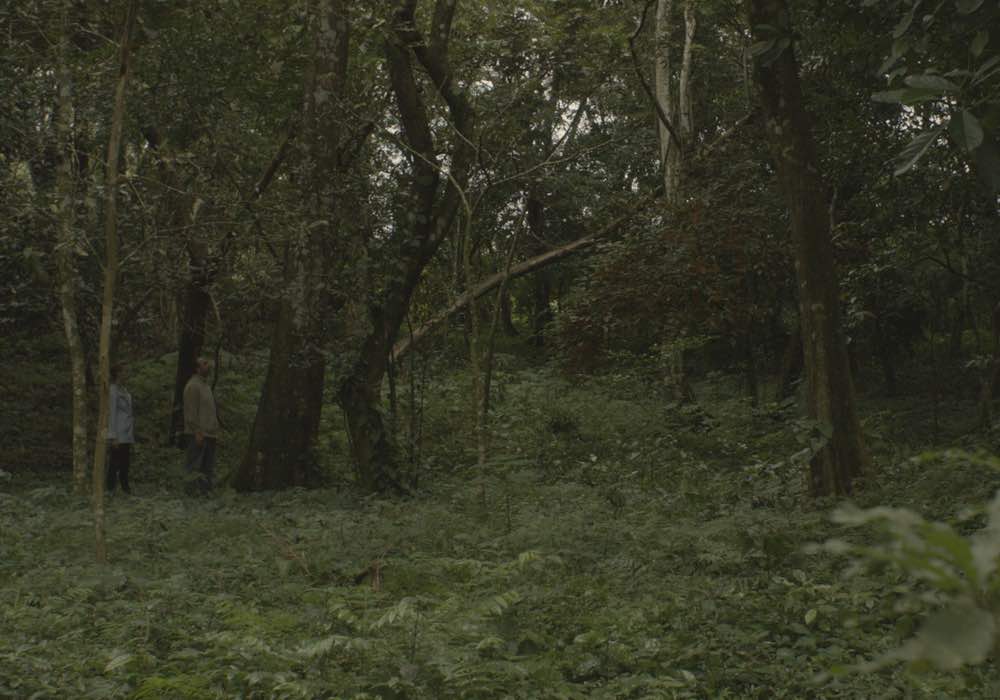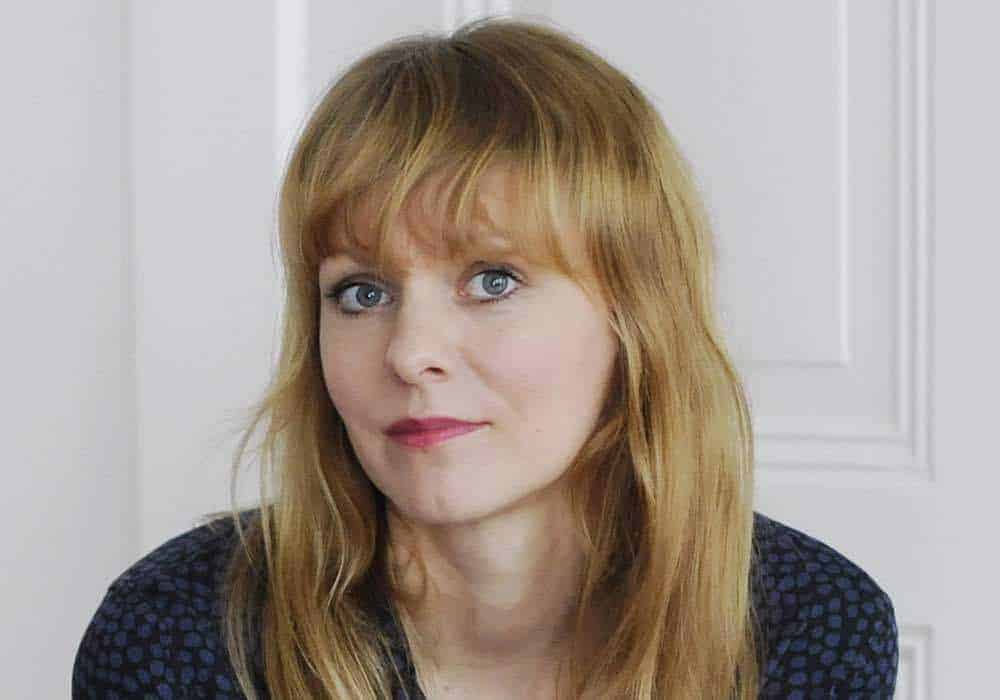Québécois writer-director Sophie Goyette discusses her feature debut, Mes Nuits Feront Écho (Still Night Still Light), about three people connected by their dreams, which has its international premiere at the Rotterdam Film Festival.
Writer-director Sophie Goyette made her feature debut with Mes nuits feront écho, a quiet, peaceful film that centers on three loosely connected characters: Éliane (Éliane Préfontaine), Romes (Gerardo Trejoluna), and Pablo (Felipe Casanova), told in three separate segments. In the film’s first section, Éliane leaves her stagnating job as a birthday party entertainer to teach piano in Mexico. In Mexico, she meets Romes, the father of her student, Ian. Romes shares with Éliane that he is still grieving the death of his mother. In order to mend his relationship with his father, Romes takes his father, Pablo on a trip to Beijing. There, Pablo reveals that he loved another woman before Romes’ mother and often wonders what their life would be have been like together.
Read more: What does Canada’s Top Ten of 2016 tell us about Canadian Cinema? >>
In this intimate film,the spare dialogue is reserved for characters narrating their dreams at night. Goyette makes many of these dreams vivid through images and narration. Even though the film takes places in three different cities, the scenes flow into one another with a languid pace. But the many shooting locations was a technical challenge: Goyette only had 17 days to shoot the film in three different countries.
I had the pleasure of talking with Goyette about Mes nuits feront écho for its international premiere at the International Film Festival Rotterdam where she is competing for the Impact Cinema Bright Future Competition.
[clickToTweet tweet=”I am every character — even the eight year old boy talking about his dream.” quote=”I am every character — even the eight year old boy talking about his dream.”]
“My stories are never autobiographical,” Goyette said, “but it is completely my sensibility to the world.” Although the characters in the film are all “from different generations [and] different cultural backgrounds,” they are linked by a thematic thread. Éliane never meets Pablo in the film, but Goyette saw each character, “as three [people running] a relay” and coming full circle with a character like an older version of Éliane at the end of the film. Goyette revealed, “I am every character — even the eight year old boy talking about his dream, I can be like [him]. In my short [films], I am also every one of my characters. In one short, there is a girl in her mid 20s, and people associate [her] with me. But [in] my other short that got into Sundance, there was a French pilot in his mid-forties: that was me, too… People who know me well tell me how much they see me on screen. Even if I’m not a Mexican man [who’s] 80 years old, I’m him.”
[clickToTweet tweet=”I film their more vulnerable side. When you are on the back of someone, you can jump on them.” quote=”I film their more vulnerable side. Because when you are on the back of someone, you can jump on them. They’re a bit more fragile.”]
A lot of the film was shot from behind, only slowly revealing the form of its subjects as the film continued. Goyette reminds us that, “we are so used to seeing a big frame on the face, on the eye”. However, when she started “to film, I film their more vulnerable side. Because when you are on the back of someone, you can jump on them. They’re a bit more fragile. And the more the film [progresses] the more we see them in profile. The more they open up to us.” The characters reveal more of themselves. Goyette had certain filmmaking goals while making this film. “How can I tell the story in different ways. In colours, in framework.”
Read more: Alethea Arnaquq-Baril talks Angry Inuk and the Inuit Seal Hunt >>

Despite being the subject of her new film, Goyette doesn’t fixate on dreams in her life: “I never analyze my [dreams]. I forget about every one of my dreams.” Her main objective in making this film was to give the viewer a sense of hope — that we’re all connected by our dreams. “I want to see how I can link everyone on earth by our interior world; we are all connected by Skype, by Facebook, by Twitter. I was searching for something else as a proposition, something more magical even. Everyone does experience this at night. Do we want it or not, we all dream at night? We all have these interior worlds,” Goyette explained. To that end, Goyette blurred reality and dreams within her storytelling. For instance Romes wakes up in a park and enters an abandoned house talking on the phone to his dead mother. At first I thought it was happening in reality, but in actuality Romes was having a deep dream. But in no way did the tone or colours shift. It felt very much grounded in reality.
Dreaminess had an effect on the colouring of the film: e all of the cities shared a grey tone to create the illusion that they were linked. Goyette shared that it “was a really deliberate choice of colours for all the film because I didn’t want us to have the feeling that we go somewhere else exotic and different each time. I really wanted to have that connection.” Moreover,“when the [places] around them are grey you are more focused on the characters and their face.” This greyness was also thematic for the characters because “I was looking how I can connect all the dots. The three characters are in a grey area in their life and grey is not bad. You have a sense you’re being blocked a bit, maybe by life. Maybe because decisions to make, or ones you’ve already made and regretted. I wrote it so [the characters] are on all the same level,” Goyette explains.
[clickToTweet tweet=”I want to see how I can link everyone on earth by our interior world.” quote=”I want to see how I can link everyone on earth by our interior world.”]
Even the relationships within the film inhabit a morally ambiguous grey area. There is a fleeting sense that Romes and Éliane are forming a relationship when they fall asleep on each other in the park; however, Goyette’s outlook is more skeptical, “I find a lot of times in film when you have a man and a woman, may they be any age, they will fall in love. Or they will connect and have a relationship, and life is not like that. You can have a lot of complex and different relationships and sometimes it can be foggy, in a grey area. [In my film,] people could question it, but we didn’t go all the way.” Goyette was trying “to see how these three characters could connect and nourish each other” in a different way than romantic love.
Read more: Sarain Fox and Michelle Latimer on their VICE Canada series, Rise, and telling Indigenous stories >>



